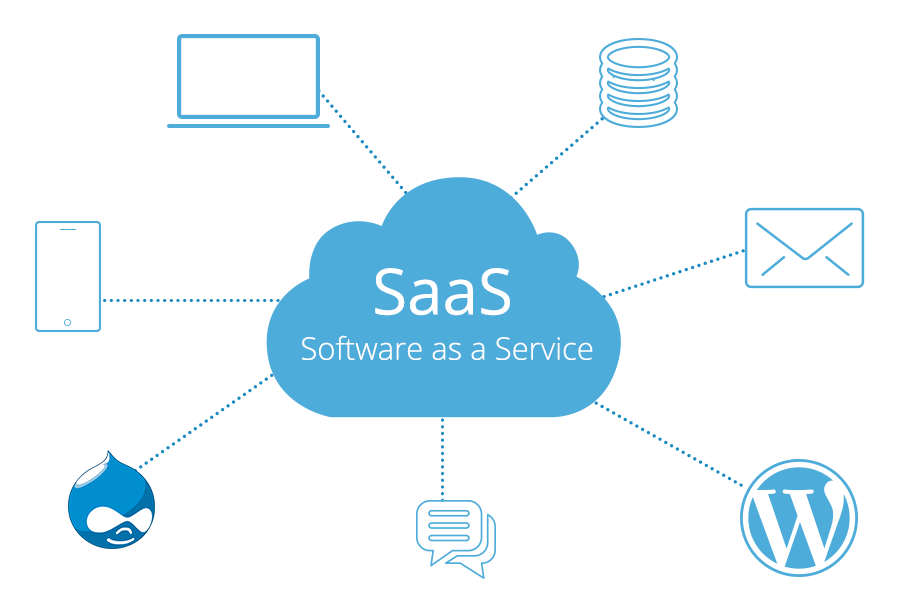Software as a Service (SaaS)
What is SaaS?
Definition:
Software as a Service (SaaS) automation refers to the use of technology and automated processes to enhance the delivery, management, and utilization of software applications provided as a service. SaaS automation streamlines various aspects of software deployment, maintenance, and user interaction, allowing businesses to optimize their operations and maximize the benefits of cloud-based software solutions.
Analogy:
Imagine SaaS automation as a sophisticated concierge for software applications. Just as a concierge efficiently manages various guest needs in a hotel, SaaS automation handles tasks such as updates, scaling, and user access to ensure seamless and hassle-free software experiences for businesses.
Further Description:
SaaS automation encompasses a wide range of activities within the software delivery lifecycle, including:
Deployment and Provisioning: Automating the process of deploying software and provisioning resources, ensuring quick and consistent setup across various environments.
Updates and Patch Management: Streamlining the delivery of updates and patches to software applications, ensuring that users always have access to the latest features and security enhancements.
Scaling and Resource Optimization: Automatically adjusting resources based on demand, optimizing performance, and ensuring efficient utilization of cloud infrastructure.
User Access and Authentication: Automating user access management, authentication processes, and permissions to enhance security and simplify user administration.
Monitoring and Analytics: Utilizing automated tools to monitor software performance, gather analytics, and generate insights to improve overall system health and user experience.
Why is SaaS Automation Important?
Efficiency and Agility: SaaS automation accelerates the software delivery process, allowing businesses to adapt quickly to changing requirements and market demands.
Consistency and Reliability: Automation ensures consistency in software deployment, updates, and maintenance, reducing the risk of errors and enhancing overall system reliability.
Cost Savings: By automating routine tasks, businesses can optimize resource allocation, reduce manual labor, and lower operational costs associated with software management.
Scalability: SaaS automation enables seamless scalability, allowing businesses to expand their software usage without significant manual intervention.
Examples and Usage:
Continuous Integration/Continuous Deployment (CI/CD) Tools: These tools automate the code integration, testing, and deployment processes, facilitating rapid and reliable software releases.
Identity and Access Management (IAM) Solutions: Automated IAM solutions streamline user access control, authentication, and authorization, enhancing security and user management.
Infrastructure as Code (IaC): Automating infrastructure provisioning and management through code, allowing for efficient scaling and resource optimization.
Key Takeaways:
- SaaS automation involves leveraging technology to automate various aspects of software delivery and management.
- It includes deployment, updates, scaling, user access, and monitoring within the software lifecycle.
- Benefits include increased efficiency, consistency, reliability, cost savings, and scalability.
- Examples of SaaS automation tools include CI/CD tools, IAM solutions, and Infrastructure as Code (IaC) practices.





